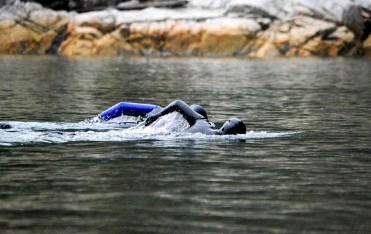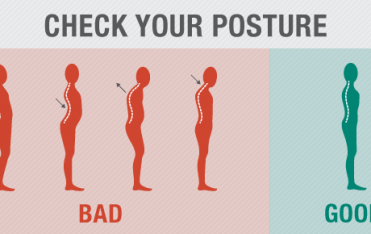Stretching is important, but it needs to be done according to individual needs not just for the sake of it, and there are times/issues when it can dangerous to stretch, such as with hyper-mobile joints, and when injured or in pain. Beyond this, there’s always a debate to be had, as some research highlights decreased strength and explosive power in people who stretch prior to training (potentially due to the effects on the tendon). So, while the debate rages on, we must be guided by our own bio-feedback and listen to our body.
There two main types of stretching ‘static’ and ‘dynamic’. In static stretching you hold a stretch position for several seconds before releasing; with dynamic you move in and out of the stretch position, trying to increase the range each time. Dynamic stretching is typically used pre-exercise, as part of a warm up. It helps to fire up the nervous system, bring blood to the muscles, elevate the heart and breathing rate and prepares the body for movement. Static stretching is typically recommended after, or separate to, a workout as it also ‘winds down’ the nervous system. Both static and dynamic are forms of maintenance stretching – they aim to keep the status quo but don’t necessarily progress flexibility in any given area. This is where developmental stretching comes to the fore – to try to increase the length of a muscle and/or range of a joint perhaps – say, when improving posture or post-injury/surgery etc. Developmental stretching should be done post training or as a separate activity altogether – as people often underestimate how much time they may benefit from assigning to stretching. A well stretched body will put up less resistance and therefore demand less energy to move and allowing flowing, uninhibited movements. This is because in stretched tissue there more space for blood vessels to expand allowing blood to enter and exit the organs, supplying oxygen and nutrition and removing waste products. In the same way it opens up space for nerves and as some nerves, like the sciatic, pass through or near muscles if the muscle is contracted at all it can create a mechanical pressure on on the nerve itself, and/or restrict blood supply to the nerve.
The body’s natural protection mechanism when put under a stretch initially is to resist and contract, in order to over-stretching and possible muscle tears. Muscle fibres, do not actually lengthen a huge amount during stretching, and any discomfort will cause the body to tense and muscles to contract, so it’s key to really relax and move so we need to go into any stretch slowly and breathe deep and rhythmically to help stretch at the right pace. If we stretch too quickly or too much we may create the opposite result and this is the reason we should never bounce while stretching (ballistic stretching).
Each muscle has an opposite and opposing muscle – think anterior and posterior of the limbs/trunk – and we need to have harmony between the two. Someone with tight chest muscles, may have weak upper back muscles, and in principle, we should bring this back into balance, by stretching the chest and strengthening the back. However as this muscle imbalance will have developed over time, the shoulder joint will have adapted position and if we suddenly stretch the tight chest it may cause instability in the shoulder and the risk of injury. In a similar way the same group of muscles on the same side of the body that perform a movement, take hip extension, can have imbalances between them and one tight muscle may be masking (and doing the job for) another that is weak. In this example tight or over active hamstrings may be a sign of weak glutes (buttocks), but again, over time the hamstrings may have developed a larger role stabilising the pelvis where the glutes are failing. Stretching the hamstrings without strengthening the glutes simultaneously may only serve to temporarily destabilise a joint. So stretching should always be to be undertaken with care and sometimes less is more; proceed with caution, and if in doubt seek advice.
And then sometimes stretching alone doesn’t cut the mustard… where a muscle has stubborn trigger points, knots or scar tissue, a stretch will predominantly effect a change in the ‘healthier’ portion of the muscle and the area that needs to be stretched remains unaltered. In situations like this, we need to lay our hands on a foam roller – see next post – or seek out the expert hands of a sports massage therapist!



